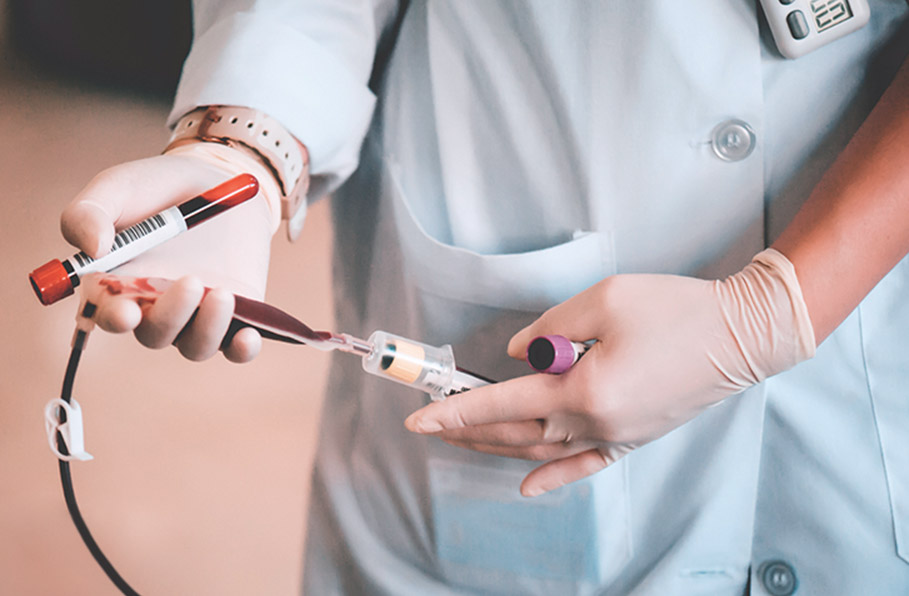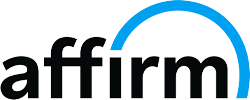The Online Phlebotomy Technician Training
Invest in phlebotomy technician certification prep for a career in medicine that's both challenging and rewarding.
Find out more about program discounts and monthly payment plan options by speaking to our Career Advisors today!
The Online Phlebotomy Technician Training
Invest in phlebotomy technician certification prep for a career in medicine that's both challenging and rewarding.
Find out more about program discounts and monthly payment plan options by speaking to our Career Advisors today!
Phlebotomy Tech Training
Find out more about program discounts and monthly payment plan options by speaking to our Career Advisors today!
-
Online and Self-Paced Program
-
$38,530 Median Salary*
-

CPT Certification Prep
3 Reasons to Take Our Online Phlebotomy Technician Program
Study on your schedule.
24/7 web access means you can learn whenever and wherever you want—fitting study time in and around your other commitments.
Ask for help anytime.
Your training is online, but you’re never alone. Real people support you every step of the way via phone, live chat, and email.
Get certified.
Our career training provides the knowledge and certification prep materials you need to sit for the CPT certification exam.
1. Start today.
Begin your training right now.
2. Learn your way.
Complete your training on your own terms.
3. Get certification-ready.
Prepare to take valuable certification exams.
Ready to Dive In?
Sign up online now to start the Phlebotomy Technician program.
"*" indicates required fields
Program Details
Our online Phlebotomy Technician classes are designed to help you take the next steps toward a new career in healthcare. Throughout your program, you’ll work to develop the skills and knowledge that can help you be successful on the job! You’ll cover topics like infection control, anatomy and physiology, and testing and lab procedures. You’ll also cover venipuncture and your course includes a venipuncture kit that can help you practice your skills.
- > Self-Paced Study
- > Anywhere, Anytime Learning
- > 1:1 Support
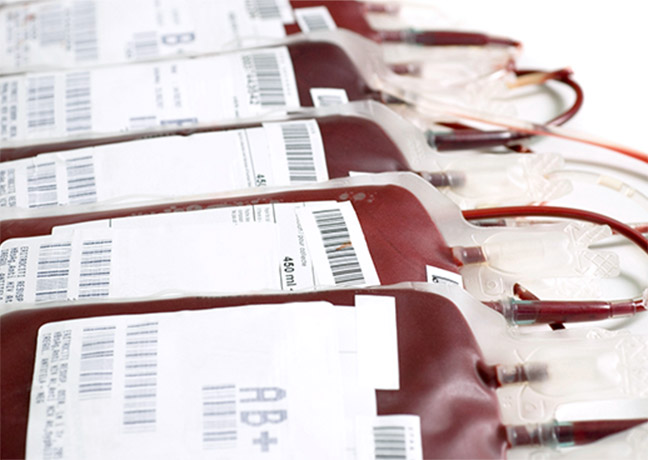
What You’ll Learn
Our online Phlebotomy Technician Training Program covers the essential skills and knowledge that can help you take the next steps toward certification and success in the field.

Healthcare & Cardiovascular Foundations
Learn to recognize and understand basic anatomy with an emphasis on the cardiovascular system as well as pathophysiology and hematology testing while completing your phlebotomy certification online.
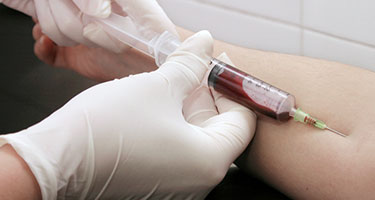
Venipuncture Insertion & Removal Techniques
Master venipuncture, the drawing of blood from a vein and the standard safety measures to protect from pathogen exposure.
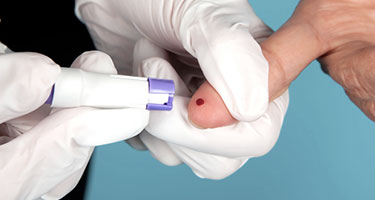
Capillary Puncture Method
Add the finger-prick method to your repertoire, the easier and less painful procedure that produces a drop of blood with the prick of a lancet.
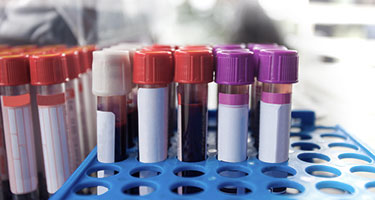
Processing, Labeling, & Transporting Samples
Know and apply laboratory quality and safety regulations through the entire process of collecting, handling, and reporting the results of bloodwork and non-blood specimens (such as urine, stool, and cultures).
Phlebotomy Technician Training FAQs
What is phlebotomy?
Yes, it sounds funny. And no, it’s not a hole in the head or brain amputation. Phlebotomy is simply the process of drawing blood or opening a vein to introduce a fluid or medicine. It’s one of the most fundamental (and therefore important) techniques in medicine today.
What is a certified phlebotomy technician?
A medical VIP. After you become a certified phlebotomy technician, you’ll be the person on the medical team that draws blood to be used for diagnostic testing, transfusions, research, or blood donations.
What does a phlebotomy technician do?
More than just sticking people and applying cute Band-Aids, you’ll be a critical player on the medical team. A typical day in your new life as a certified phlebotomy tech will probably include drawing and labeling blood samples, verifying patient identities, and entering patient information into a database.
How much does a phlebotomy technician make?
The average salary for a phlebotomy technician is $38,530 according to the Bureau of Labor Statistics.* Total pay can vary based on your education, work experience, credentials, and your employer.
Do I have to be certified to work as a phlebotomy technician?
It can depend on where you live and work. Most states don’t necessarily require you to have certification in order to work in the field, but most employers do prefer to hire certified technicians.**
Do I need clinical hours to complete my phlebotomy technician training?
Yes, clinical hours are an essential component of your training—particularly as you work towards certification and potential employment. They give you a chance to test your current skill level and put all your new knowledge to work in real-world settings.
CareerStep does not guarantee externships. A learner’s placement in and completion of an externship is solely the learner’s responsibility and may be subject to additional requirements, such as a background check and successful completion of a CareerStep course. This is particularly important for learners seeking to complete their externship in Alabama, District of Columbia, Indiana, Louisiana, Minnesota, Nebraska, Nevada, Pennsylvania, Tennessee, Texas, Washington, and Wyoming. Please note that CareerStep will not sign agreements with sites in the above-referenced states or provide evidence of insurance to those sites.
Get Trained Today.
This program includes training, career support, and coaching, along with certification prep materials and exam fees.
$1,899 for full program access
$1,899.00 for eligible MyCAA and ACA learners
Or call now: 800-411-7073 >>
Need a Hand With the Fee? We Got Your Back.
Make Small, Easy Payments
We’re flexible and totally committed to working with you to find affordable down and monthly payments.

*Bureau of Labor Statistics, U.S. Department of Labor. “Phlebotomist” Occupational Outlook Handbook. Accessed March 25, 2024.
Statements found in the United States Department of Labor Occupational Outlook Handbook are not a guarantee of any post-graduation salary, in part because the data used to create the Occupational Outlook Handbook includes workers from differing educational backgrounds, levels of experience, and geographic areas of the country.
** National Healthcareer Association. “Do you really need a healthcare certification?” https://info.nhanow.com/blog/do-you-really-need-a-healthcare-certification. Accessed 4/27/2023.

